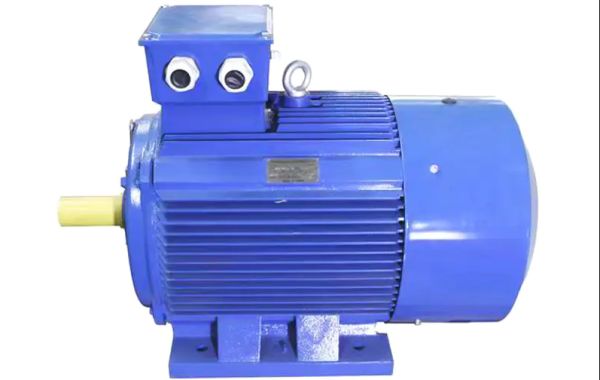Permanently Excited Synchronous Motors (PMSMs) offer several advantages that make them highly suitable for industrial applications requiring precise control and high efficiency.
One of the primary advantages of PMSMs is their superior energy efficiency compared to traditional motors. The use of permanent magnets in the rotor and optimized design of the stator windings result in reduced losses, leading to energy savings and lower operating costs over the motor's lifespan.
Another key advantage is the high power density of PMSMs. The permanent magnets in the rotor generate strong magnetic fields, allowing for compact motor designs with high torque output relative to their size. This power density is particularly advantageous in applications where space is limited but high performance is required.
Furthermore, PMSMs offer excellent dynamic response and control capabilities. The inherent properties of permanent magnets enable fast acceleration and deceleration, precise speed regulation, and smooth operation across a wide range of speeds. This responsiveness makes PMSMs ideal for applications such as machine tools, elevators, and material handling systems.
Additionally, PMSMs are known for their reliability and long operational life. The absence of rotor windings reduces the risk of electrical faults and simplifies maintenance requirements, contributing to overall system uptime and productivity.
In conclusion, Permanently Excited Synchronous Motors (PMSMs) provide significant advantages in terms of energy efficiency, power density, dynamic performance, and reliability for industrial applications. Their advanced technological features make them a preferred choice for enhancing operational efficiency and reducing environmental impact in various industrial sectors.








